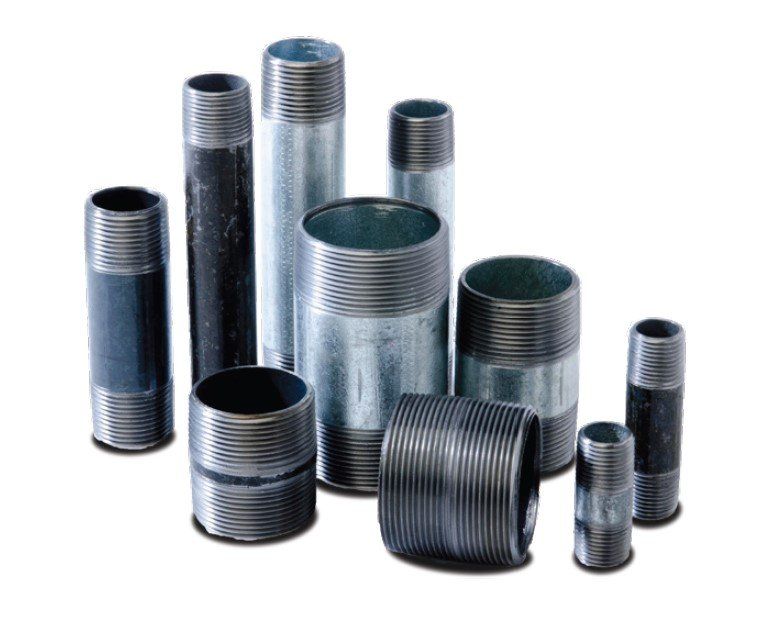Pipe Nipples
Your Trusted Source
Offering carbon welded, seamless and stainless steel pipe nipples for the industrial pipe-valve-fittings (PVF) market, Ward Nipple (formerly Wisconsin Nipple) also offers a complete line of quality stainless steel and brass nipples for sprinkler and plumbing applications.
We have been manufacturing pipe nipples since 1950, and have earned a reputation as the nipple industry’s fastest shipper for both standard and special orders.







